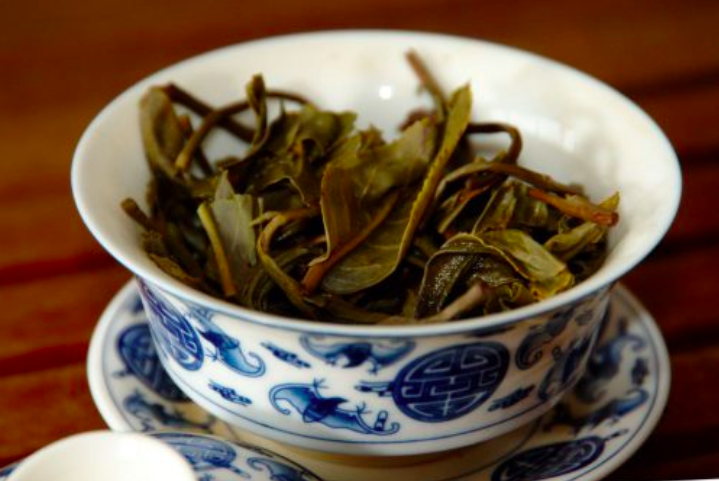PART II: LIU MASTER, great Ambassador of Chinese tea in Budapest
Between 40,000 and 50,000 Chinese work or study in Budapest, the hospital capital of Hungary, in central Europe. Our Chinese friends feel good there thanks to an affinity of heart with this ancient great Danubian plain, once inhabited by conquerors from Central Asia. In the 19th century, a French poet called Hungary “the little China” of Europe! The students especially appreciate the food “close to our own” and the reserved attitude of the Hungarians. A large Chinatown also saw the light of day more than 40 years ago in Budapest. Small visit with some great representatives of Chinese culture in the Hungarian capital.
The teahouse of Liu Master is probably the calmest and most relaxed spot in Bihari Janos Street ( Pest) and it has been a preferred spot of quality tea-lovers since 2015. The salon that showcases traditional Chinese tea-culture offers guided tea ceremonies, and has teas as well as teacups for sale. It’s a tiny spot with many regulars, but they always welcome newcomers for a meaningful chat and a good Sheng Puerh tea.
Our correspondent reporter arrived without warning but Liu kindly served him tea and accepted a mini-interview, between two hot cups during this very dry winter in Budapest.
LHCH: You are from which province in China, Master Liu and when did you arrive in Budapest ?
LIU Master: I come from the province of Guangdong, more precisely from its capital, Guangzhou. I arrived in 2014, during the second great wave of Chinese immigration here.
LHCH: Can we really talk about a wave of organized emigration from China?
LIU Master: The first one was more spontaneous. It covered a good part of Europe. This was between 1993 and 1998. The Chinese, mostly small merchants and artisans, came mainly from Fujian and Zhejiang. The first Chinese restaurants are opened in Budapest.
LHCH: So you’re from the second wave.
LIU Master: Yes, this wave of emigration took place between 2013 and 2017. There it was no longer something hasty or spontaneous. The Hungarian government had promised buyers of government bonds that they could obtain a visa to stay and work in Hungary. Actually, the purchase of state bonds with five-year maturity for around 250,000 Euro (later 300,000 Euro) plus commission fees allowed over 19,000 applicants − 81% of them from China − to receive residence permits. Despite having been designed specifically for “migration without settling,” however, the program, instead of luring businessmen interested in increased mobility within the EU rather than actual immigration, seemed to mostly attract families who effectively seized this opportunity to move abroad. Chinese “golden visa” migrants in Hungary are middle-class families from metropolitan China (mainly from Beijing, Shanghai, or Guangzhou) who continue to rely on incomes or remittances from China.
LHCH: But are there any big Chinese companies here ?
LIU Master: Yes, over time, giants like Huawei have set up their headquarters there. Hungary is now the first step to land in Europe and develop business with it. And there is also education. Many young Chinese come to study here, especially in economics and marketing. There are many exchange programs between Chinese universities and Hungarian universities or colleges.
LHCH: Do your children live and study here ?
LIU Master: I have 3 children: 3 years old, 10 years old and 16 years old. The older one speaks Mandarin, Cantonese, English and already some German!
LHCH: Let’s talk about tea now if you don’t mind. Your oolong is delicious.
LIU Master: He comes from northeastern Guangdong, above Chaozhou, in the famous Feng Huang (Phoenix) mountains. In fact, I still have my tea room in Guangzhou, which opened in 2001; which allows me to have the best teas here because I continue to smile directly from the producers in China.
LHCH: Is your audience more Chinese ?
LIU Master: Not especially. In addition to the many expatriates, young Hungarians have been discovering Chinese tea in recent years. There are also 2.3 tea shops started by locals. They are doing well. Check out the competition on the Buda side, near the shore (laughs)!


